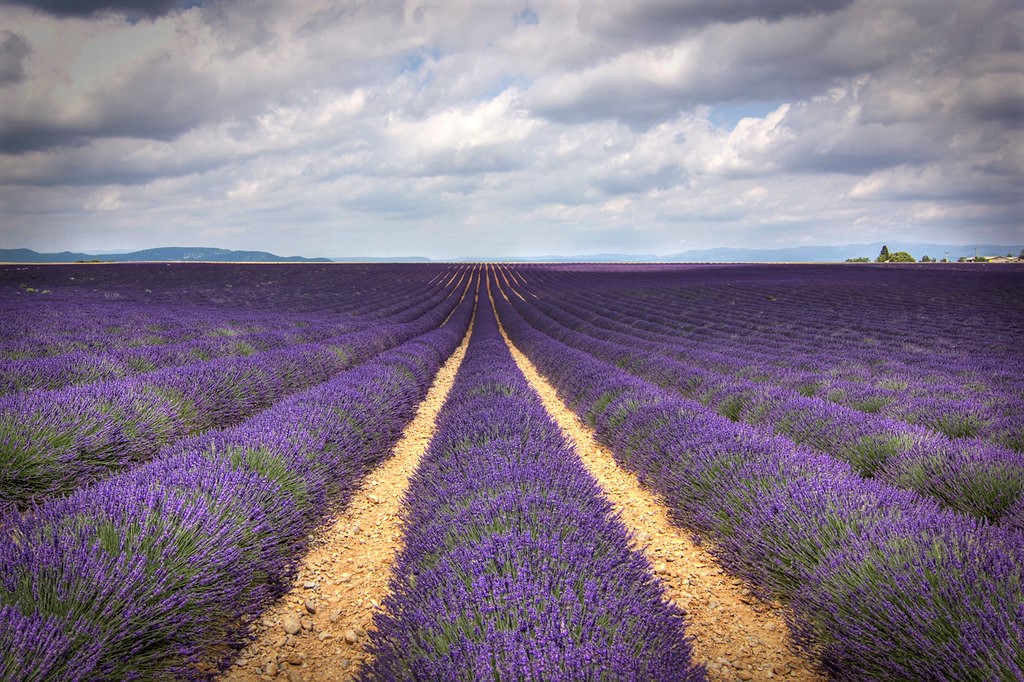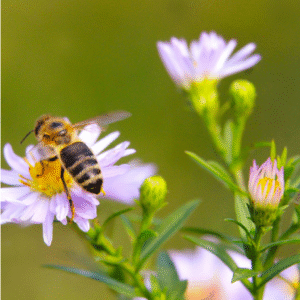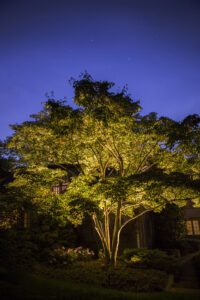by Casey Beall
With many people looking to find natural ways to repel pests and bugs, different plants have been researched and proven to repel different species. There are five common plants that are very popular in repelling insects.
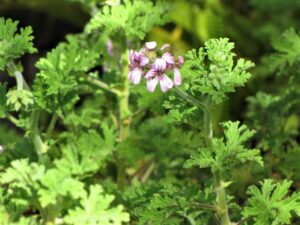
Pelargonium ‘Citronella’ Geranium repels mosquitos like any outdoor candle that contains citronella would do. When the plant is damaged, cut or bruised, a strong scent is released into the air. Many people crush the leaves and rub them on their skin to use as a mosquito repellent. People with sensitive skin should use with caution. This plant likes full sun to part shade and prefers well drained soil. It is toxic to pets if ingested – this goes for any citronella scented plant as well. Height for these plants is between two and four feet high and dead foliage should be cut to encourage new growth. If dead foliage is removed, the plant will become bushier and produce a larger plant with more blooms. When in bloom, the delicate pink flowers make the plant even better to have arranged in a container.
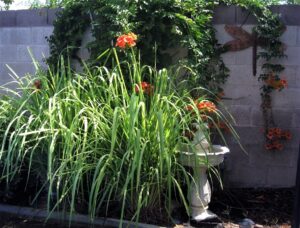
Much like the Pelargonium ‘Citronella’ Geranium, the Cymbopogon citratus (Lemongrass), also contains citronella and is a great mosquito and horsefly repellent. This is a tropical grass native to Asia, also known as citronella grass, barbed wire grass and fever grass. This grass has two- to three-foot-long foliage and is typically green or grey in color. The stem and leaves have a very strong lemon profile when used for cooking. It is not a winter hardy plant but could be grown in a container indoors and then moved outside with the right conditions. Lemongrass is not only used for repellent purposes, but in the medical aspect of its value, it is anti-inflammatory, anti-fungal, as well as antibacterial. Of course, excessive amounts or improperly using lemongrass could result in skin irritation if used topically or if used internally. Misuse can lead to dizziness, dry mouth, drowsiness, and increased appetite. In different cultures, it is also used as a ceremony oil to protect against evil, bring good luck into romantic relationships, and spiritually cleanse a home. Lemongrass is popularly used in beekeeping to attract bees into a hive or swarm because the oil in this grass imitates the pheromones a honeybee releases.
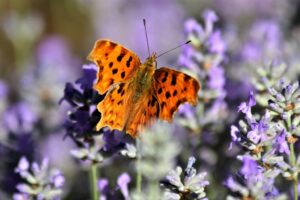
Like lemongrass, Lavendula angustifolia and latifolia (Lavender) is a hardy option to put in an outdoor container near any main entry ways to repel pests. Known to repel fleas, moths, and horseflies. Native to the Mediterranean and India, it dates back as far as 2,500 years. It is in the mint family and has fragrant grey/silver or green foliage. Lavender has a wide variety of uses as well as being a great insect repellent. Medicinally, it has many different properties. It is good for aromatherapy, skin care, an anti-fungal, reduces blood pressure, helps asthma conditions and much more. It has been scientifically proven that inhaling the scent of lavender decreases anxiety, stress, depression, and insomnia. Culinarily, since it is in the mint family, it can be used in different dishes and cooking. Lavender can handle the heat but not the cold, so it can be planted in full sun. Plant in well-draining soil and allow to dry out completely between waterings. There are different varieties of lavender but once established, they require little to no maintenance.
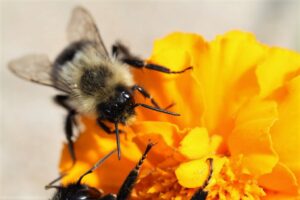
Tagetes (Marigolds) are great for mosquitos and aphids because they do not like the smell that marigolds produce. Marigolds are also great because they can take full sun and come in a few different color varieties. The bloom is a beautiful, round and compacted looking flower which is why when watering, it is best to water at the base because these dense blooms tend to rot with excess moisture in them. Great for pollinators, especially bees, marigolds will also attract ladybugs, parasitic wasps, and other beneficial insects to protect from other harmful insects like aphids. Therefore, many gardeners plant marigolds in with their vegetable gardens to help control pests. You want to water regularly and let the soil dry in between waterings, and then water thoroughly, as well as deadhead old blooms, will encourage new growth.

The blooms of Chrysanthemums contain pyrethrum which is quite often a main ingredient in natural repellents, as well as dog shampoos, because it repels ticks, fleas, and bed bugs. It also repels ants, Japanese beetles, and spider mites. The blooms on these are very similar to the marigolds in terms of appearance, but there are many different colors such as purple, maroon, yellow and orange. When it comes to care, they are sun loving plants, and although only require six hours a day, the more they receive the better their growth and output. Careful not to plant where it would get too much hot afternoon sun because the blooms and foliage will scorch. Consistent watering keeps this plant happy; it like to have its soil on the moist side and to not dry out.

